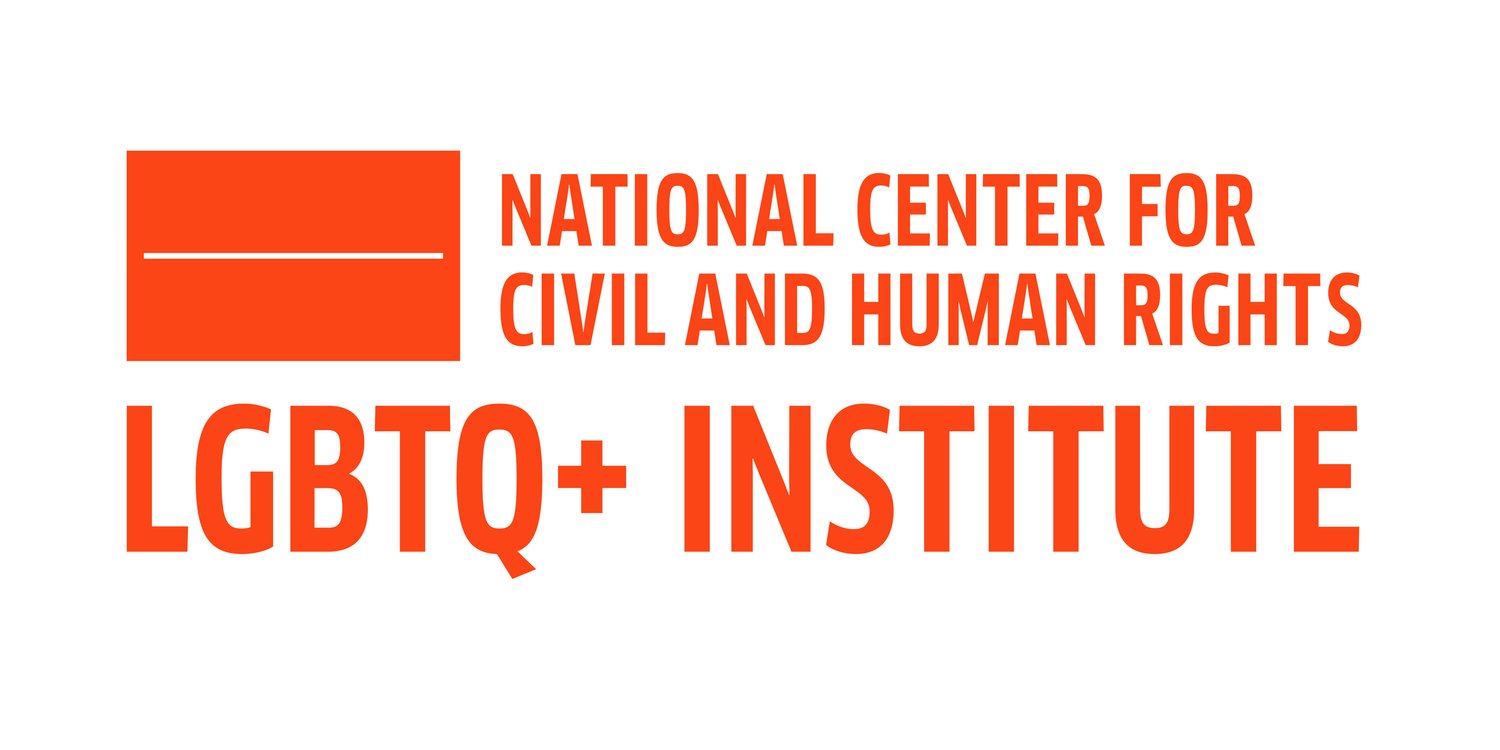From the Transgender Law Center's First Round of Initial Findings. Read the full report here.
In 2015, Transgender Law Center launched Positively Trans as a project focused on to develop self-empowerment and advocacy by and for transgender people living with HIV. Positively Trans operates under the guidance of a National Advisory Board (NAB) of transgender people living with HIV from across the United States; the NAB is primarily composed of trans women of color who are already engaged in advocacy in leadership roles in their local communities.
Recent studies indicate that transgender people, especially transgender women of color (TWOC), experience disproportionate economic marginalization, homelessness, and stigma and discrimination in healthcare access and provision; harassment and violence at school; and police abuse, as well as physical, sexual and physical violence. In the face of these systemic threats and barriers to autonomy and wellbeing, the impact of HIV on the transgender community cannot simply be addressed by programs that work to affect individual behaviors; we must address the systemic barriers our community members face face—and the complex interactions of these systems—to reduce HIV risk and increase access to care and other resources for trans people living with HIV (TPLHIV). We believe that effective HIV responses for transgender people must include a combination of leadership development, community mobilization and strengthening, access to quality health care and services, and policy and legal advocacy aimed to advance the human rights of the community. Furthermore, we believe that an effective HIV response for trans people must center the leadership, voices, and experience of TPLHIV particularly trans women of color.
In order to identify community needs and advocacy priorities, we conducted a needs assessment in the summer of 2015. The needs assessment was released online and made available across the U.S. Key questions focused on barriers to health and well-being for transgender people living with HIV and on their legal and health priorities. This report describes the responses to a small subset of those questions. We made the survey available online in English and Spanish; 80% of complete responses came from the English language instrument and the remaining 20% came from the Spanish language instrument. Recruitment took place through existing networks of transgender people and people living with HIV, and through clinics serving transgender people living with HIV. Responses were limited to people living with HIV in the U.S. whose sex at birth is different from their current gender identity. The project was reviewed and given exempt status by the Eastern Michigan University Institutional Review Board.
Based on responses to several items on the survey instrument, we expect that the survey mostly attracted respondents who already have access to medical care. As a result, the responses may underrepresent the experiences of those who are more isolated. Because respondents were recruited through existing networks and not randomly selected, the results cannot be interpreted as representative of all transgender people living with HIV in the U.S. Instead, these results should be understood as illustrating the experiences and priorities of transgender people living with HIV and as providing a starting point for further engagement.
